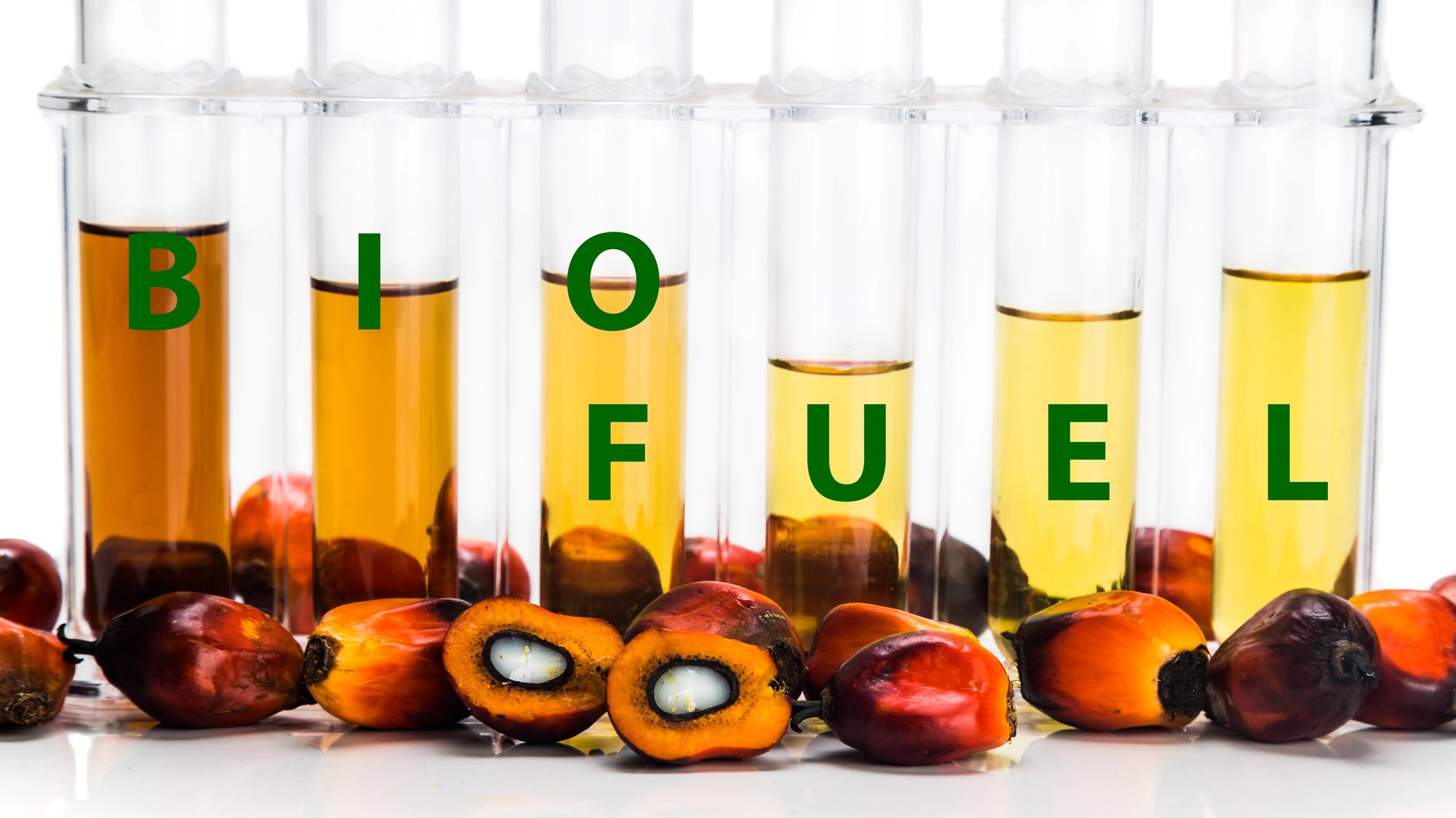INDONESIA: Indonesia, the world’s leading palm oil producer, aims to harness its vast reserves as a renewable energy source. Since 2008, the country has been blending palm oil with fossil fuel-based diesel to create biodiesel, starting with a modest B2.5 mix.
Over time, this blend has steadily increased, and today, as per a report by the Diplomat, Indonesia uses a B35 mix, with plans to ramp up to B40 next year. President-elect Prabowo Subianto has set an even more ambitious target—a B50 blend by 2029.
An ambitious project
These initiatives are part of a broader strategy to reduce dependence on imported fossil fuels, bolster the agricultural sector, and cut carbon emissions.
However, the plan to increase the biodiesel blend has sparked concerns about the global palm oil supply chain, given Indonesia’s dominant role in the industry.
In 2023, Indonesia produced 46 million tons of palm oil, accounting for 59 per cent of the global market. Domestic consumption patterns have shifted, with biodiesel use surpassing food consumption for the first time.
This trend has raised concerns about food security, especially after the 2022 cooking oil scarcity.
The implementation of the B35 mix has significantly boosted palm oil consumption for biodiesel, and the upcoming B40 mandate is expected to drive demand even higher.
Despite assurances from the Ministry of Agriculture, there are worries that production growth has not matched rising consumption.
A challenge for Indonesia
Since 2020, palm oil production has stagnated, with last year’s output still below the 2019 pre-pandemic levels.
Meanwhile, domestic consumption has surged, with biodiesel use growing by 17.5 per cent annually from 2019 to 2023, compared to a 1 per cent increase in food consumption.
The government may need to tighten export quotas or increase domestic production to address the gap between production and consumption.
Palm oil is a key export for Indonesia. Still, exports have declined, partly due to the B35 mandate and concerns from European countries about the environmental and social impacts of Indonesian palm oil.
If production does not increase, the government may prioritize domestic needs over exports, potentially leading to a global shortage and affecting industries and consumers worldwide.
Alternatively, Indonesia could expand its palm oil production, but it must do so responsibly to avoid environmental degradation. The challenge for Indonesia is balancing its energy goals with its palm oil industry’s broader economic and environmental implications.
By carefully managing the supply chain and ensuring sustainable production, Indonesia can lead the way in renewable energy without compromising its economic stability or the global market.
Featured image: Depositphotos

